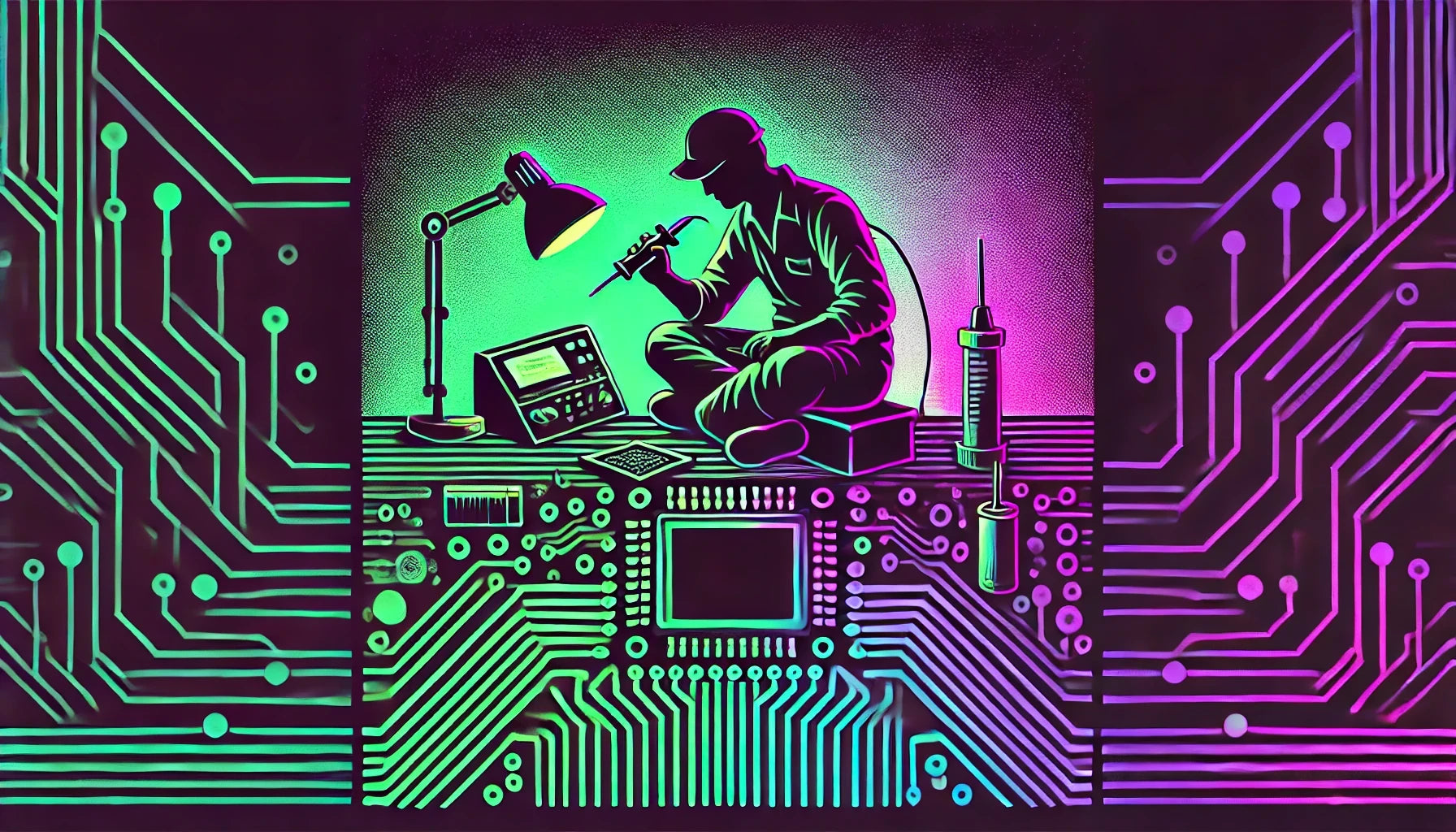Overview of 'Could not create cudnn handle' Error
The "Could not create cudnn handle" error in TensorFlow often occurs when TensorFlow tries to interact with NVIDIA's cuDNN library. The Compute Unified Device Architecture Deep Neural Network (cuDNN) is a GPU-accelerated library used to deploy deep neural networks efficiently. This error indicates a failure in the initialization phase of creating a handle to communicate with cuDNN, which is crucial for achieving GPU performance acceleration.
Implications of the Error
- Resource Allocation: The error commonly implies there is an issue with resource allocation, potentially suggesting insufficient memory resources on the GPU.
- Initialization Failure: Due to the failure in creating a cuDNN handle, any subsequent operations that rely on GPU acceleration via cuDNN will be disrupted, leading to a failure in model training or inference.
Context for Occurrence
During the setup and initialization phase of a TensorFlow session involving deep learning operations, TensorFlow relies heavily on the cuDNN library to optimize computational tasks on the GPU. The creation of a cuDNN handle is vital for executing these tasks. The error can be an impediment at the earliest stages of attempting to leverage GPU resources for neural network tasks.
Common Scenarios for this Error
- Large Models: When deploying very large models that require significant GPU memory, exceeding the available capacity can lead to this error.
- Concurrent Processes: Running multiple processes simultaneously on a single GPU without proper management often results in resource conflict, causing handle creation failure.
Handling GPU Memory Allocation
While the primary focus here is not on the causes or solutions, understanding the significance of efficient memory management is critical. Developers often employ strategies to optimize memory use, such as controlling memory growth in TensorFlow to ensure that models make the most efficient use of available resources:
import tensorflow as tf
gpus = tf.config.experimental.list_physical_devices('GPU')
for gpu in gpus:
tf.config.experimental.set_memory_growth(gpu, True)
This code snippet demonstrates how TensorFlow can be configured to allocate GPU memory on-demand, instead of pre-allocating all available memory at the start, which can help manage and mitigate memory issues leading to the error in some cases.
Considerations and Further Thoughts
- Version Compatibility: Mismatches between TensorFlow, CUDA, and cuDNN versions can also prevent handle creation, suggesting that careful attention to software version compatibility is warranted.
- Monitoring Resource Utilization: It is beneficial to monitor GPU resource utilization actively to gain insights into potential bottlenecks leading to errors such as these.
The understanding provided here serves as an extensive base for developers encountering the error, assisting with diagnosis and consideration of memory and resource factors essential to efficient TensorFlow operations with GPU acceleration.


























